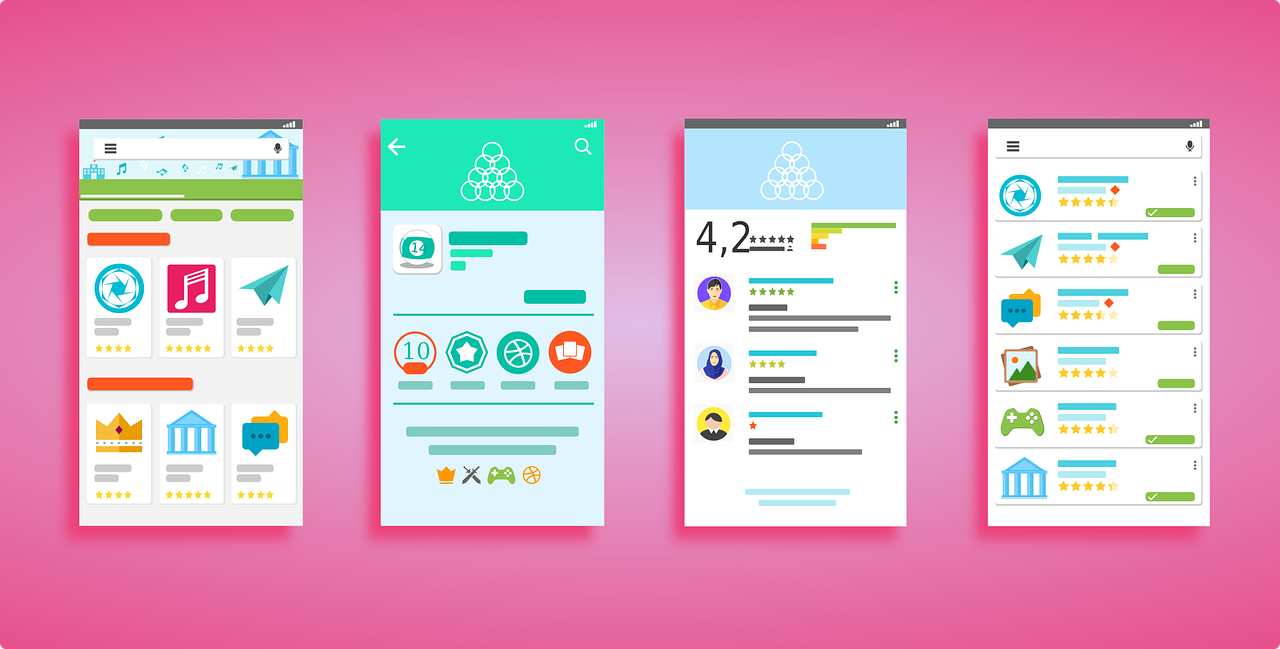
At the onset, there is no design without user behavior. While designers in other fields such as fashion might be trendsetters, technology designers do not have that luxury. Instead, the designer who understands user behavior best gets the rewards. In this article, we will look at how modern tech designers are harnessing user behavior in their works.
The article will show the inevitability that developers face in understanding the ever-dynamic human behavior. Competition for attention is stiff. Therefore, developers must use the user persona proactively, or else they will lose out to competitors. In this case, each step of the onboarding process plays its part.
How to Reach the User
According to UserIQ, one of the leading experts in the field, this is the most critical step in how technology designers adopt user preferences. Human beings love interactive engagements. When you want to reach them, you need an interactive way of doing things. Therefore, your journey must be interactive—with visual aids such as videos and infographics. It is out of this understanding that we have the current technologies. Web, apps and tech gadgets developers must connect with the behavior of the person on the other end.
A developer must answer that one question — how does the customer want it? Most websites are trying to be mobile-friendly. More and more people are using their smartphones to go online. If your site is not favorable to the phone, it will discourage the user, which will hurt your chances of customer onboarding. Continued trends form mannerisms, which are hard to shake. Once you know the user’s ways, you can confidently base your designs on that. With repeated styles and templates, the customer is hooked to that, and it becomes the standard.
How to Excite the Customer
Today’s design is a psychological game played at the highest level. A designer knows that he or she has 7 seconds to impress you. If you are not fascinated, you will most certainly not sign in, which is unacceptable. They do everything possible within that time. Look at many apps and websites today; they have one thing in common—within the first 7 seconds, they will try to sign you already, which may be in the form of a call to action or a direct offer.
The attention span of human beings is small, especially on things that are not interactive. Designers must ensure that every step is engaging. Take the target person into a visual map. You have to make it easy to enhance user adoption. Today’s website ranking is based on the usability index. The higher it is, the higher the rates of user adoption, and vice versa.
Enticing the Sign-Up
Safe experimentation is a common feature in today’s onboarding experience. The customer wants to try it before they commit. Unless someone comes through a referral, exploration phase is imperative. The user wants to start small. They want a systematic process. Even the most sophisticated customers want to start from the known.
Tech development follows this primer — from experimentation and safe exploration towards incremental construction. Every solution ought to be more straightforward than what is available. Products designers incorporate the free/beta version as part of their development process. They use this version to gather user experience data, which will inform future upgrades.
You cannot know how the user will perceive the product. Sometimes what you expect to happen doesn’t. Instead, you learn something about the ever-dynamic customer.
Integration with Other Devices and Services
You will see a lot of efforts towards integrated services and products. It’s not an option that developers have; it is a necessity. If there is something you can do to increase your chances of customer onboarding, you have to try it out.
Recent research shows that continued integration with relatable services increases customer onboarding. At first, designers included payment services. Today, vertical and horizontal integrations give way to other possibilities.
Social media integration, gamification, and reviews are some of the ways that designers have responded to user behavior. If you make it cumbersome, you complicate the user experience. The customer will defer his choices, or he might abandon the pursuit altogether. All these decisions come from the subtle things that users, millions of users, subconsciously do. Through data and analytics, such behaviors cumulatively inform future designs.
Conclusion
UserIQ, after many years in this business, recommends that at the design phase, the designer must answer pertinent questions that relate to your target customer behavior. These questions stem from the customer acquisition process — from how you reach the customer to how you engage after selling. All have to feature into the design of the product.
Published by